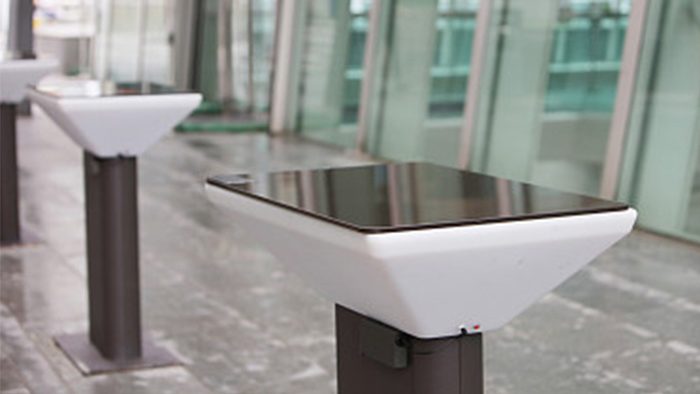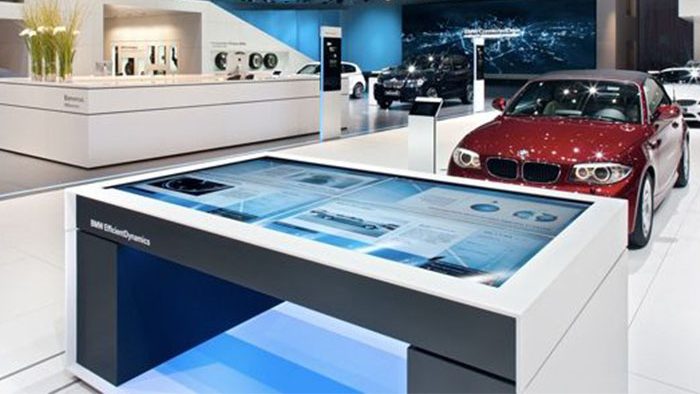Fall Into The Universe Of Object Recognition Touch, Enjoy Your Trip To The Fullest

Token recognition, Space transformation
On the object recognition touch tables, operations are performed through circular recognition tokens placed on the tabletop. These tokens allow the smart table to identify their positions and orientations, displaying the read token information on the gaming table touch screen. This enables the dynamic presentation of digital content, such as scene switching and roaming. The tokens can take the form of physical models, customized as cars, cups, and more, for more intuitive interactions. Each token’s unique shape corresponds to a specific item or group of features in the application. The tokens require no batteries, using rotation to change states or switch schemes, and translation for spatial transformations.

Windows OS, HD display
The Multi-touch recognition table supports Windows 7 and above, offering resolutions of up to 4K and a millisecond-level touch screen response time, facilitating the simultaneous operation of multiple tokens on the table with touch screen. The graphics display module utilizes a high-end dedicated graphics card, ensuring the delivery of high-quality graphic content.

Multi ways, Multi options
The multi touch table with object recognition serves as a window to place objects and explore relevant content. Users can delve deeper into product details based on their interests and preferences. They can touch, zoom in, zoom out, rotate, and drag objects on the tabletop. Further interactions include clicking to reveal options like zooming, translating, rotating images and videos, with corresponding windows moving in unison.

Transforming Exhibition Experiences
The application of object recognition technology has revolutionized traditional display modes, presenting interactive exhibits on large screens in an augmented reality (AR) format. This immersive display provides a lifelike experience, as if the objects were right in front of the viewer. Additionally, multi touch tables and collaborative learning allows the creation of a virtualized space for exploration, where users can control movement or rotate objects on the tabletop to navigate within the virtual space.
